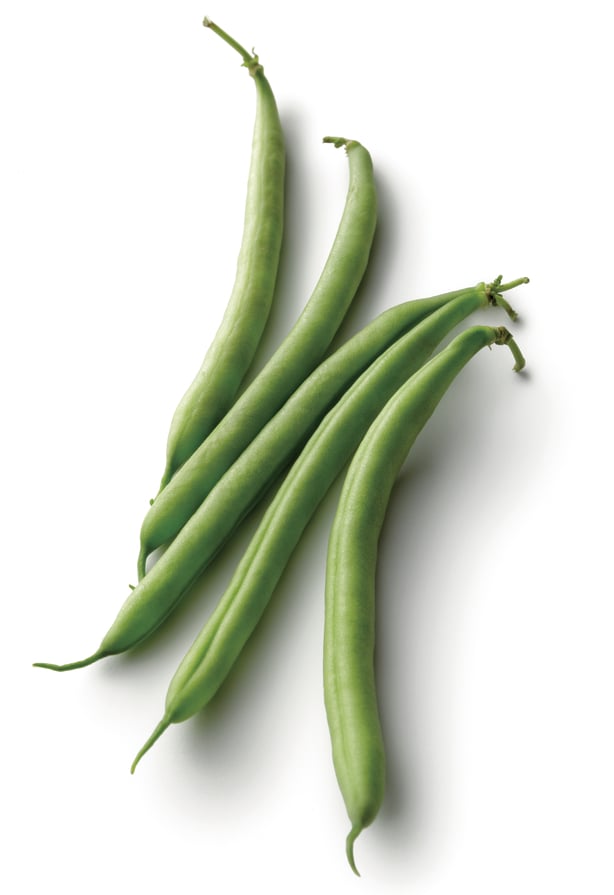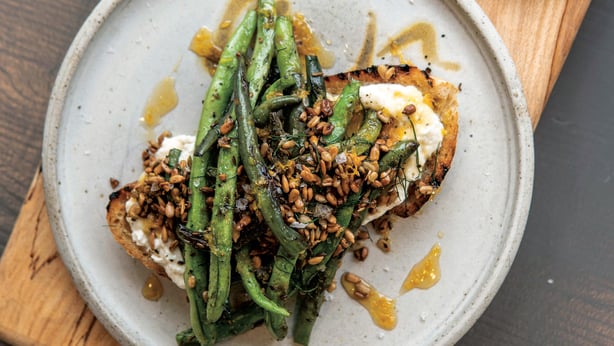French beans are a little trickier to grow than runner beans, but they are arguably tastier too. There is huge variety available – green, purple, flecked, cream – and they are quite versatile. Immature French bean pods are excellent to eat whole, while the beans inside larger pods (often called haricot beans) are also very tasty.
Sowing
There are two types of French bean – climbing and dwarf. Dwarf beans grow just 45cm tall and are surprisingly prolific for such a small plant. Climbing French beans grow up to 1.8-2.4m tall and produce a lot more beans in the same footprint.
Seeds can be sown directly in the soil or in module trays ready for transplanting. There’s no point in sowing too early as they will be ready to transplant when the weather outside is too cold for them. Sow two seeds per pot, 5cm deep, in late April or early May. Sow again in July for a late summer crop.

Growing
Plant out when the plants are 8-10cm tall following a period of hardening off. Add some well-rotted compost to the holes as you plant out. Like runner beans, a bamboo wigwam or double row of canes are the best support structure. Put three or four plants at the base of each bamboo, leaving 30cm between the canes.
Plant dwarf varieties in blocks so that they provide each other with shelter and support – leave about 15cm between plants. Hoe around the plants regularly to remove weeds. Water regularly in dry weather, particularly when the flowers start to form. Mulch around the plants if it’s very dry.
Harvesting
It takes 2-3 months for the French bean to produce its first harvest. Harvest from June to October, picking the pods when they are about 10cm long. The more you pick, the more it will churn out.
A plant will continue to pod for nearly two months if you keep picking, so keep doing so, even if you are fed up to the back teeth with beans (freeze them, you won’t be so fed up of them in mid-winter!). A neat trick is to apply a liquid feed (e.g. comfrey tea) when the plant has finished harvesting to promote a second crop.

GIY recommended varieties
Borlotto Lingua di Fuoco, Blauhilde and Neckargold (climbing), Philetta and Purple Teepee (dwarf).
Problems
French beans are susceptible to late frosts – cover young plants with fleece if frost is forecast. Slugs are a problem for seedlings; it seems they absolutely love them! Bean seed fly can be an issue. These produce soil-living grubs that damage seeds and seedlings.
GIY tips
- Pick a sunny and sheltered site to grow your beans.
- Haricot beans are obtained by leaving the pods on the plant until they turn yellow.
- Hang the plants indoors to dry and when the pods are brittle, remove the beans and dry them on a shallow tray for several days. Store in an airtight container.

Watch Grow, Cook, Eat every Wednesday on RTÉ One at 8:30pm.


